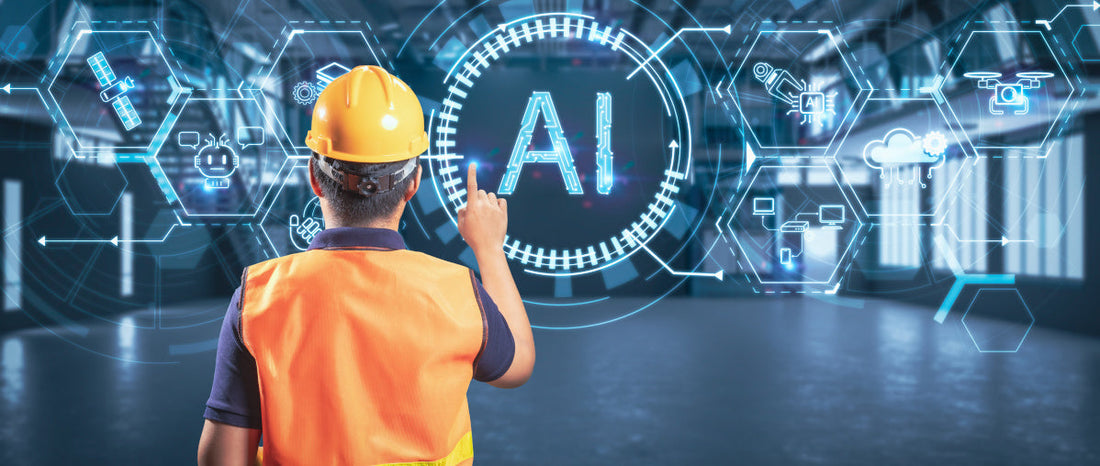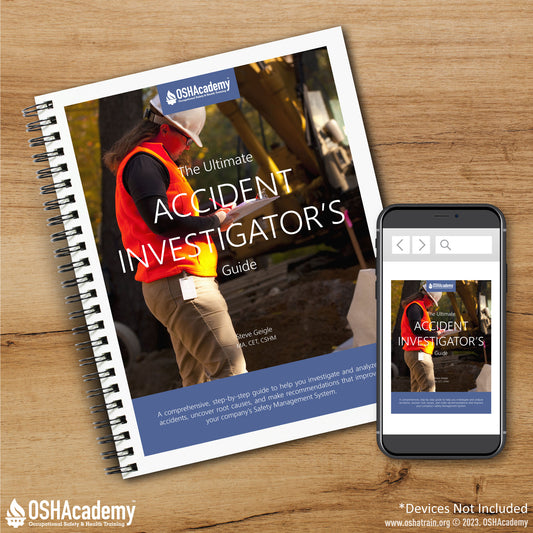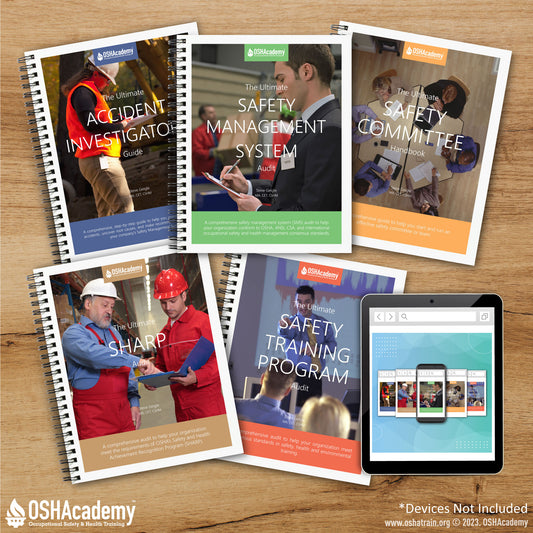
How AI Is Enhancing Workplace Safety
Share
By Abbie Geigle
Workplace safety has always been a cornerstone of organizational success. Today, Artificial Intelligence (AI) is reshaping how companies protect their people, turning safety from a reactive effort into a proactive strategy.
AI’s strength lies in its ability to analyze vast amounts of data quickly and accurately. By reviewing past incidents, sensor readings, and even near-miss events, AI can identify patterns that predict future risks. For example, construction sites can forecast when equipment is likely to fail, while manufacturing plants can spot peak times when fatigue may cause accidents. This predictive capability gives safety managers the chance to act before hazards cause harm.
Real-time monitoring is another game-changer. AI-powered wearables and cameras provide constant oversight without relying solely on human observation. Smart helmets can alert workers when they approach dangerous zones, while AI-driven video systems can detect unsafe behavior—such as missing protective gear—and notify supervisors immediately.
Training is also evolving with AI. Personalized learning platforms adjust to each worker’s pace, while virtual reality simulations, enhanced by AI, immerse employees in realistic scenarios. Workers can practice responding to emergencies without being exposed to actual risks, making training more engaging and effective.
Beyond physical hazards, AI also supports worker well-being. Smart scheduling tools reduce fatigue by balancing shifts, while mental health chatbots provide accessible support, ensuring workers are alert, focused, and safe.
AI doesn’t replace safety professionals—it empowers them. By automating repetitive tasks and surfacing hidden insights, AI enables leaders to focus on strategy, compliance, and culture. The result is safer workplaces where employees feel protected, valued, and confident in their environment.
Takeaway: AI is no longer a futuristic concept—it’s a practical tool redefining workplace safety. Organizations that embrace it today are building safer, stronger, and more resilient teams for tomorrow.




3 comments
Je suis vraiment ravie
Looking forward for examples and innovative methods
Hello.all.can you please create and add AI safety course to our daahboards